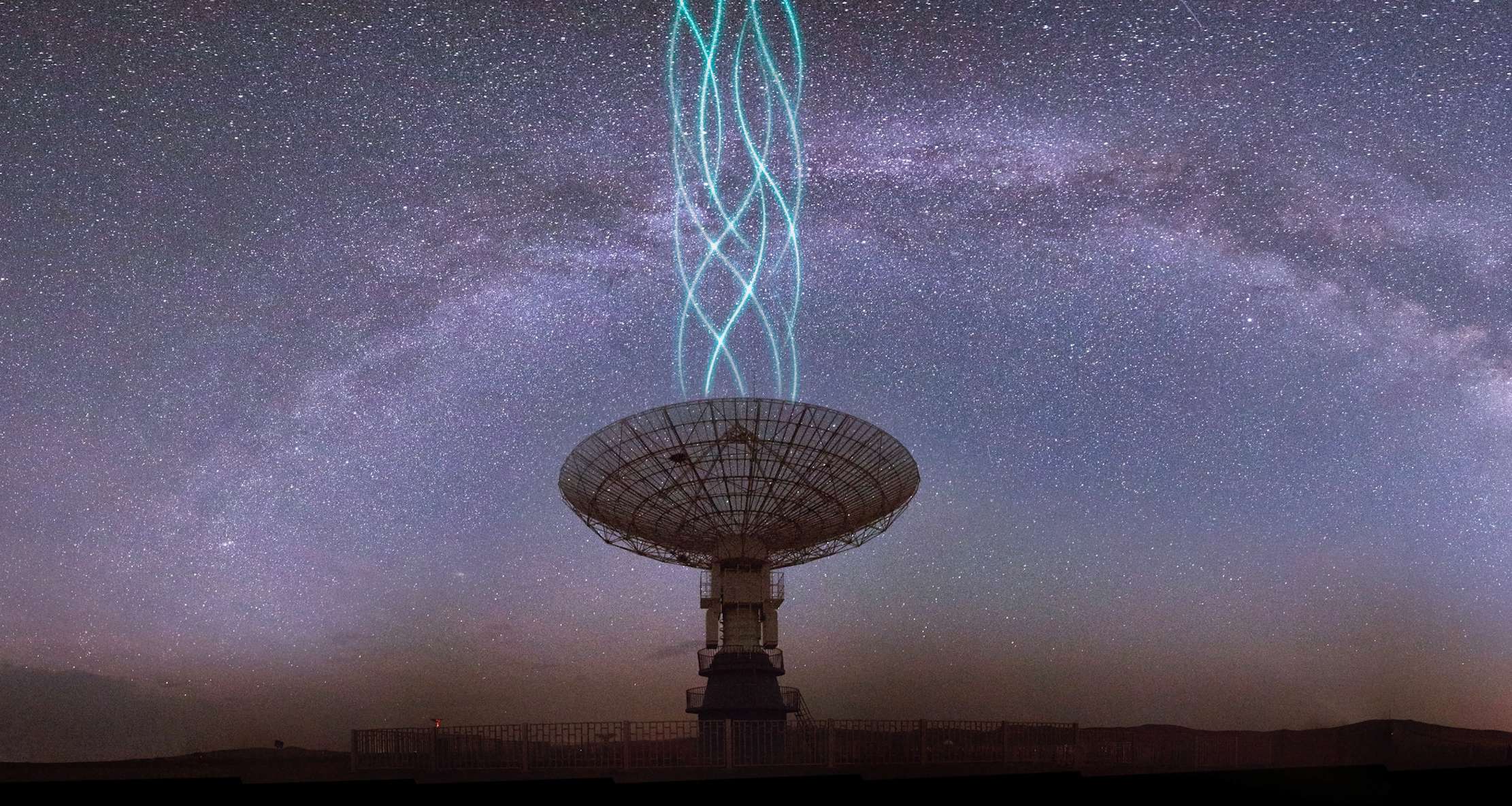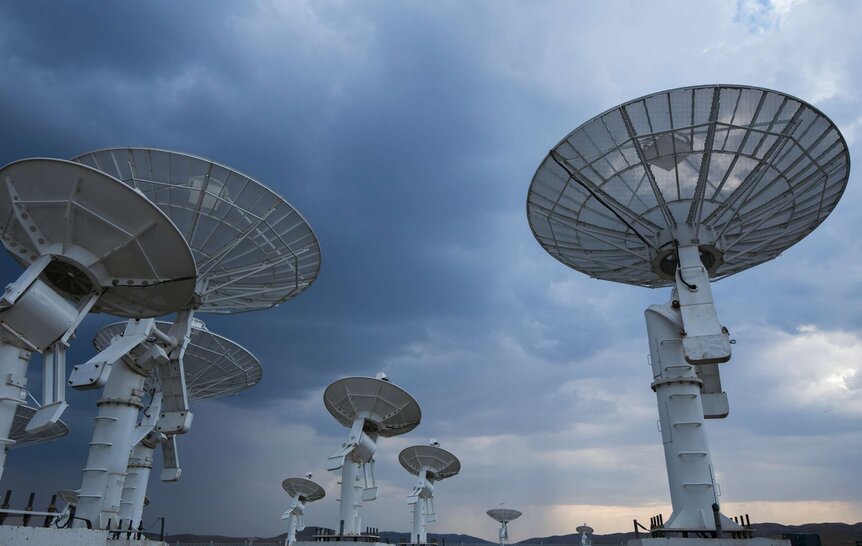Create a free profile to get unlimited access to exclusive videos, sweepstakes, and more!
SETI scientist insists we'll discover extraterrestrials by the year 2036

If Senior SETI astronomer and astrophysicist Seth Shostak is incorrect about his bold prediction that mankind will peer into the void and discover some sort of alien civilization by the year 2036, he had better fortify his Starbucks Card, because he's wagering some serious beans to back it up.
“SETI doubles in speed roughly every two years because the speed is largely dependent on computers,” Shostak told The Debrief. “So just follow Moore’s Law, and you know, I bet everybody a cup of Starbucks that we’ll find something by 2036.”
As the Senior Astronomer at the SETI Institute in Mountain View, California, and the Director of the Institute’s Center for SETI Research, Shostak smashes the preconceived notion of nerdy SETI scientists sporting hi-tech headphones listening for messages from beyond as seen in the 1997 film, Contact. The truth of their ongoing hunt for extraterrestrial murmurings actually relies on their impressive array of computers that tune in to Radio Cosmos to detect signals, and all those microprocessors keep getting faster and more efficient every year.
“We don’t sit in front of the computers and look at the data," Shostak noted. "That would be kind of like watching millions of TV channels at the same time.”
Swifter computers means more ears listening for any hint of a radio transmission, allowing the folks at SETI to scrutinize more channels. Shostak bases his claim by invoking Moore’s Law, a 1965 theory presented by Intel co-founder, Gordon Moore. It basically states that microchip processing speeds will double every two years, while the cost of computers is cut in half. Many in Silicon Valley and other tech havens believe Moore's Law is no longer quite accurate as computer technology takes unanticipated detours and offramps, but a great deal still accept it as a theory with sustained merit.
“I think that the big thing that has happened over the past twenty years or so is the discovery of exoplanets," Shostak added. "People know that that’s true. They know that we found lots of planets, and they know that planets are commonplace.”
In the interview, Shostak acknowledged that humans have an eternal optimism that there's someone or something out there in the vast universe waiting to communicate, if only to ensure we're not out here by our lonesome in the Milky Way. With over 4,300 exoplanets already discovered and identified by NASA, confidence is high that one of them might harbor intelligent life. Shostak is betting major bucks that by 2036 the dream will become reality.
“That’s when we will have looked at about a million star systems, and it’s my gut that says a million is the right number to find something,” Shostak concluded.
We certainly hope he's correct in his enthusiastic prediction, but a free mocha sure sounds like a sweet deal too!
















